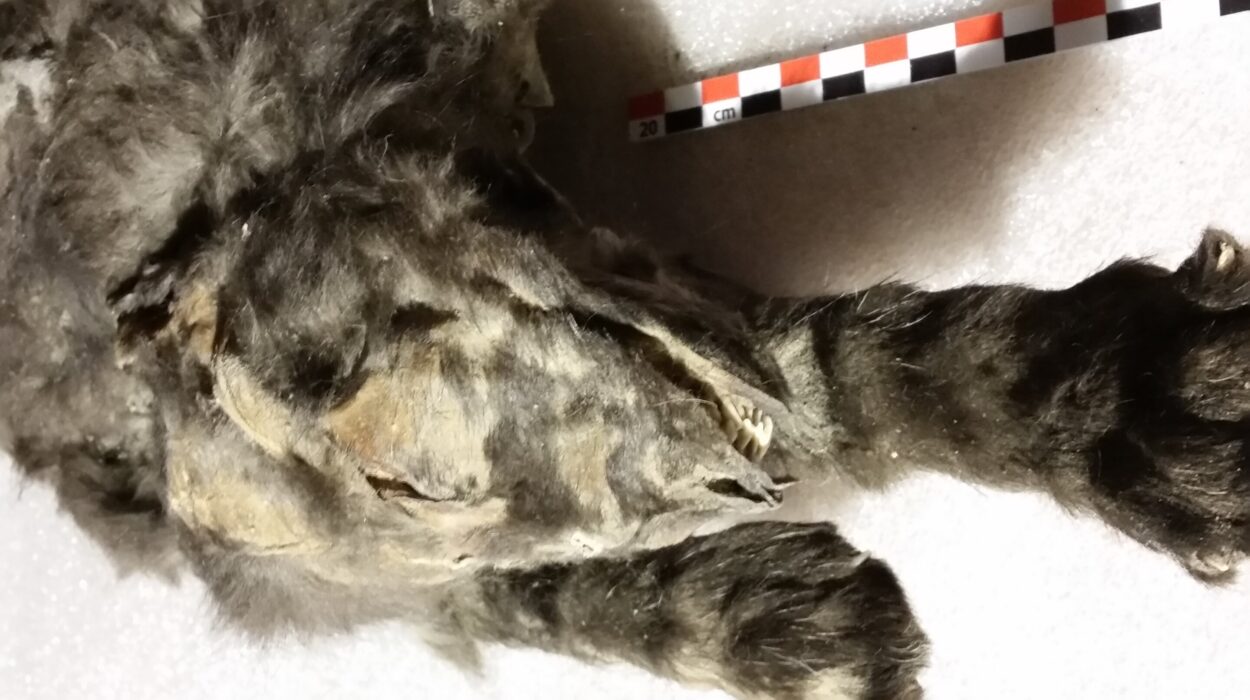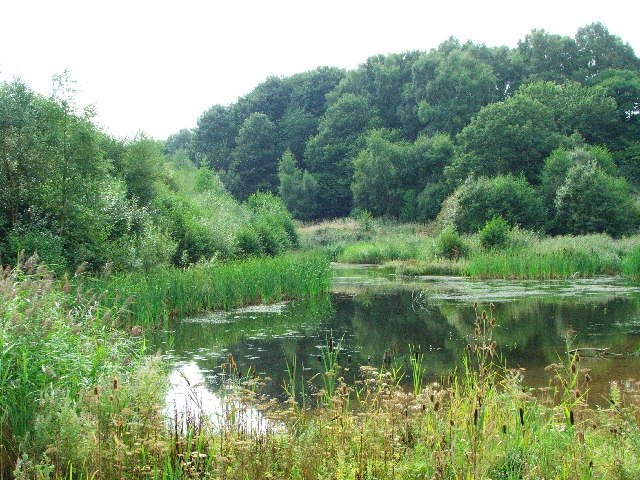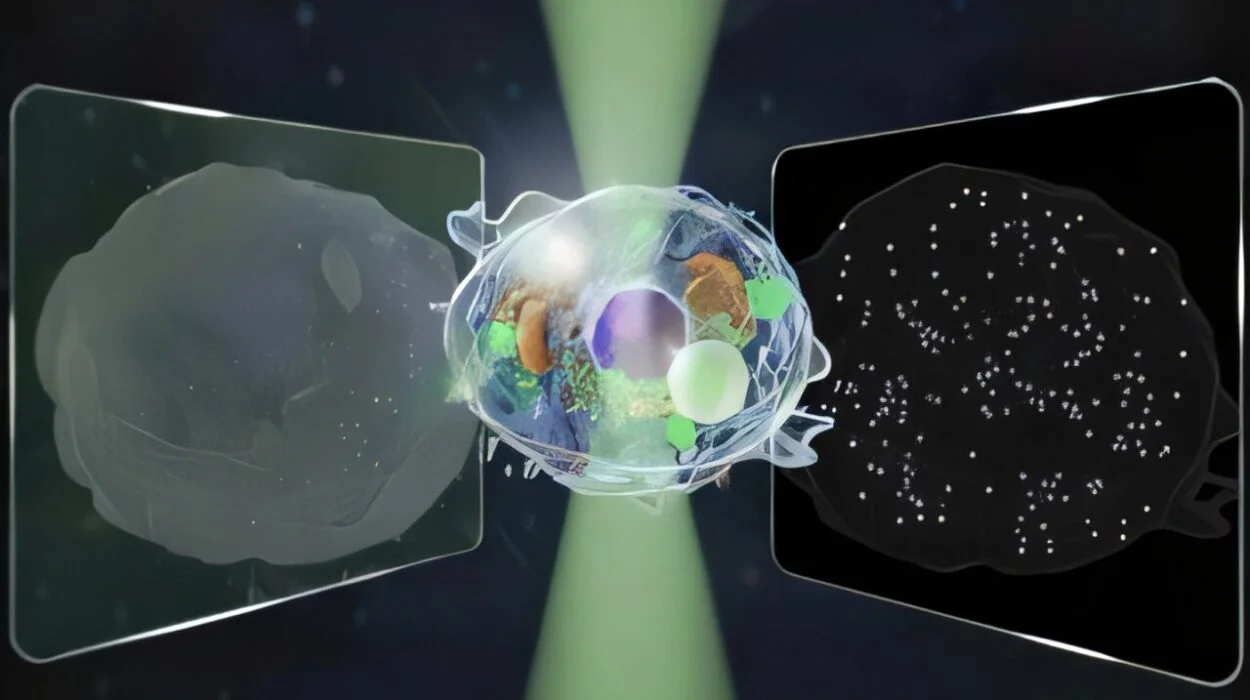Beneath our feet lies a world carved not by human hands, but by eons of Earth’s history, captured and preserved in layers of stone. Each rock layer holds within it a chapter from an unimaginably long story—one that stretches back billions of years. And in many of these layers, nature has left its signature: the silent imprint of life itself. Fossils.
Fossils are not just relics of ancient creatures; they are time travelers’ notes scribbled across the geology of Earth. They whisper to us from the crypts of time, telling stories of vanished worlds, mass extinctions, evolutionary triumphs, and tectonic cataclysms. But they are also tools—precise instruments in the hands of scientists striving to decode the history of our planet. One of the most astonishing uses of fossils is their ability to help date rock layers. Fossils do not merely tell us what life was like in the past; they also tell us when.
Understanding how fossils can function as clocks to date rock strata invites us into the heart of both geology and paleontology. This journey will take us through ancient oceans, explosive volcanic eruptions, evolutionary timelines, and the philosophical wonder of a world far older than human history. But first, we must understand the key idea at play: the principle of time buried in stone.
The Language of Layers
To appreciate how fossils are used to date rock layers, we must first understand the concept of stratigraphy—the study of rock layers (or strata) and their sequencing. Stratigraphy is based on a beautifully intuitive principle called the Law of Superposition: in any undisturbed sequence of sedimentary rocks, the oldest layers are at the bottom, and the youngest are at the top. Like pages in a book, the story of Earth is recorded sequentially, each layer representing a period of sediment accumulation, volcanic activity, or oceanic deposition.
However, this story isn’t always easy to read. Erosion, tectonic uplift, folding, faulting, and intrusions can distort the layering. That’s where fossils—especially a special kind called index fossils—come into play. They are not only evidence of past life; they are biological timestamps that allow scientists to correlate layers across continents and even oceans.
What Makes a Fossil a Time Marker?
Not all fossils are equally useful for dating rock layers. To be effective as a dating tool, a fossil must have certain characteristics. These ideal fossils, known as index fossils, meet three crucial criteria:
- Widespread geographically: The species must have lived in many parts of the world so that it can be found in rock layers across vast regions.
- Short vertical range (narrow time window): The organism must have existed for only a relatively brief period of geologic time so that its presence clearly marks a specific era.
- Easily recognizable and abundant: The fossil must be distinctive and common enough to be found and identified easily.
Species that satisfy these requirements—like the trilobites of the Cambrian, the ammonites of the Jurassic, or the foraminifera of the Cretaceous—are critical tools for biostratigraphy, the branch of stratigraphy that uses fossils to date and correlate rock layers.
Let’s imagine you find an ammonite fossil embedded in a cliff face. Because ammonites were widespread and evolved rapidly over time into easily distinguishable forms, paleontologists can tell which species of ammonite it is. Knowing that this particular species existed only between 180 and 175 million years ago provides a precise age range for the layer in which it was found. Multiply that process across thousands of sites, and you begin to see how the fossil record becomes a geological clock.
Fossil Succession: The Rhythm of Evolution in Stone
The ability to use fossils for dating doesn’t rest only on single species. It also depends on a broader pattern observed throughout Earth’s layers: the principle of faunal succession. First proposed by English geologist William Smith in the early 1800s, this principle states that fossil organisms appear in a consistent, recognizable order across geologic strata. This order is not random—it’s a direct consequence of evolution.
As species emerge, thrive, and go extinct, they leave behind fossil evidence in rock layers. Once a species disappears, it does not reappear later. This one-way passage of time is encoded in the fossil record. Paleontologists can trace the evolutionary lineage of entire groups—say, from early jawless fish to armored placoderms to sharks and bony fishes—and observe how their changing features mark the passage of geologic eras.
Smith’s insight allowed for the first true geological maps of England and beyond, using fossils not just as curiosities, but as dependable tools for correlating rocks of the same age across different regions. The discovery transformed geology from a speculative endeavor into a rigorous science grounded in observable patterns.
Dating Rocks Without a Clock: Relative Dating
When we talk about dating rock layers using fossils, we’re often referring to a method called relative dating. Unlike absolute dating, which tells us the exact age of a rock in years, relative dating tells us which rocks are older or younger in comparison to others. It’s the difference between saying “This book was written in 1859” and “This book was written before Darwin’s Origin of Species.”
Fossils enable this kind of comparative analysis with remarkable precision. If you find the same index fossil in two separate rock formations—one in Australia and one in Morocco—you can reasonably conclude that those formations are of roughly the same age, even if separated by oceans.
Paleontologists can also construct biozones, which are segments of geologic time defined by the presence of specific fossils. These biozones help build the global geologic timescale—a master calendar of Earth’s history subdivided into eons, eras, periods, epochs, and ages.
But as precise as this system is, it still leaves one crucial question unanswered: How do we know the actual age of these fossils in years?
Fossils and Absolute Dating: Radiometric Harmony
Enter radiometric dating—a method that uses the decay of radioactive isotopes in minerals to determine the absolute age of rocks. While fossils themselves cannot usually be radiometrically dated (most fossilization replaces organic material with non-radioactive minerals), the volcanic layers above or below fossil-bearing strata often contain datable materials like zircon crystals, which include uranium and thorium isotopes.
By combining radiometric dating with fossil succession, scientists achieve an extraordinary degree of temporal resolution. For instance, if a layer of ash above a fossil bed is radiometrically dated to 251 million years ago, and a layer below it is dated to 252 million years, then the fossils found in between must have existed during that one-million-year window. That kind of precision allows paleontologists to pinpoint mass extinctions, evolutionary bursts, and climate shifts.
This synergy between relative dating (fossils) and absolute dating (radioisotopes) is one of the most powerful partnerships in Earth sciences. Fossils tell us when in the sequence things happened; radiometric clocks tell us how long ago they happened.
Case Study: The K–Pg Boundary and the Death of the Dinosaurs
One of the most dramatic examples of fossils being used to date a moment in Earth’s history is the discovery of the K–Pg boundary—the thin layer of rock marking the end of the Cretaceous and the beginning of the Paleogene, about 66 million years ago.
Across the world, geologists find a dark band in the rock record, often enriched with iridium, a rare metal more common in asteroids than in Earth’s crust. Below this band lie abundant fossils of non-avian dinosaurs, ammonites, and other Cretaceous creatures. Above it, those species vanish.
The fossils mark a moment of mass extinction, and the narrowness of the boundary layer—combined with radiometric dating—suggests the extinction occurred extremely rapidly, almost certainly triggered by a massive asteroid impact. The combination of fossil absence and geochemical signals tells a clear, terrifying story: a vibrant world snuffed out in moments.
Fossils thus do not just help us date rocks; they help us date catastrophe.
The Role of Microfossils: Tiny Clocks of Immense Power
While dinosaur bones and ammonite shells capture the imagination, much of fossil-based dating relies on organisms too small to see with the naked eye. Microfossils—such as foraminifera, conodonts, and radiolarians—are incredibly useful for biostratigraphy.
These microscopic organisms evolved quickly and widely, producing an abundance of species across short time frames. Because they lived in ocean environments and were deposited continuously in marine sediments, they provide some of the best records of evolutionary change and climate fluctuation.
Oil and gas companies rely heavily on microfossil biostratigraphy to date rock layers and identify potential hydrocarbon reservoirs. In this sense, ancient plankton guide modern energy exploration.
Fossils and the Global Geologic Time Scale
Thanks to more than two centuries of fossil discovery and analysis, geologists have constructed a detailed geologic time scale—a globally agreed-upon framework for Earth’s history. Every period and epoch is defined by key fossils: the Cambrian by trilobites, the Devonian by armored fish, the Jurassic by the rise of giant reptiles, the Cretaceous by flowering plants and dinosaurs.
Each division of time has a Global Boundary Stratotype Section and Point (GSSP)—informally known as a “golden spike.” These are physical reference points in rock outcrops around the world that define the official boundaries between time intervals. Without fossils, these golden spikes would be impossible to place.
From the first multicellular life 600 million years ago to the appearance of Homo sapiens, fossils are the anchors of deep time.
A Living Science
Fossils do not merely fossilize knowledge; they evolve it. New discoveries constantly refine the timeline. The finding of a fossilized fish with unexpected traits might push back the origin of jaws by millions of years. A fossilized feathered dinosaur could reshape our understanding of flight.
Moreover, with advances in computing, molecular biology, and imaging technologies, paleontology is entering a golden age. Fossils are now scanned with synchrotron light, their isotopes are analyzed to reconstruct diets and climates, and their ancient proteins are sequenced to hint at relationships across evolutionary trees.
Each rock layer dated by fossils is a puzzle piece not only in Earth’s history but in the story of life itself.
Fossils in Human Hands
There is something profoundly humbling about holding a fossil. You are cradling time, compressing millions of years into the weight of your palm. And when that fossil becomes the key to dating an entire rock formation, its power expands beyond imagination. It is no longer just a curiosity—it is a compass, a calendar, and a testament to life’s enduring legacy on a dynamic planet.
For geologists and paleontologists, fossils are not static. They are clues, always waiting to be reinterpreted. As we develop new methods, revisit old sites, and challenge assumptions, fossils continue to recalibrate our timeline. They are not dead relics; they are alive with meaning.
In the end, the question is not just “How are fossils used to date rock layers?” but “How do fossils teach us to see time?” Through their silence, fossils sing a song of epochs. Through their stillness, they speak of movement—of shifting continents, vanishing oceans, and the rise and fall of entire ecosystems.
They are the storytellers of the stone.






